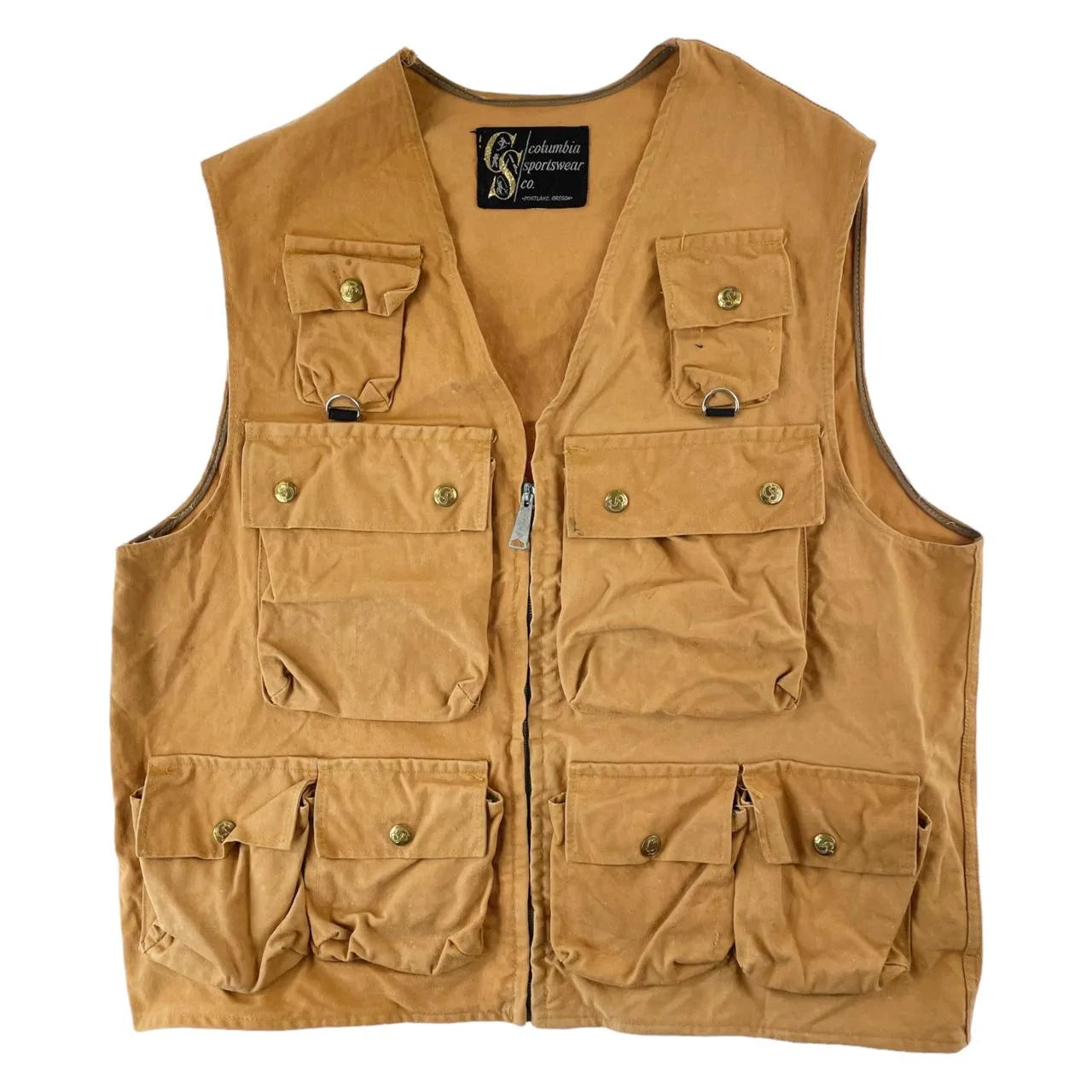
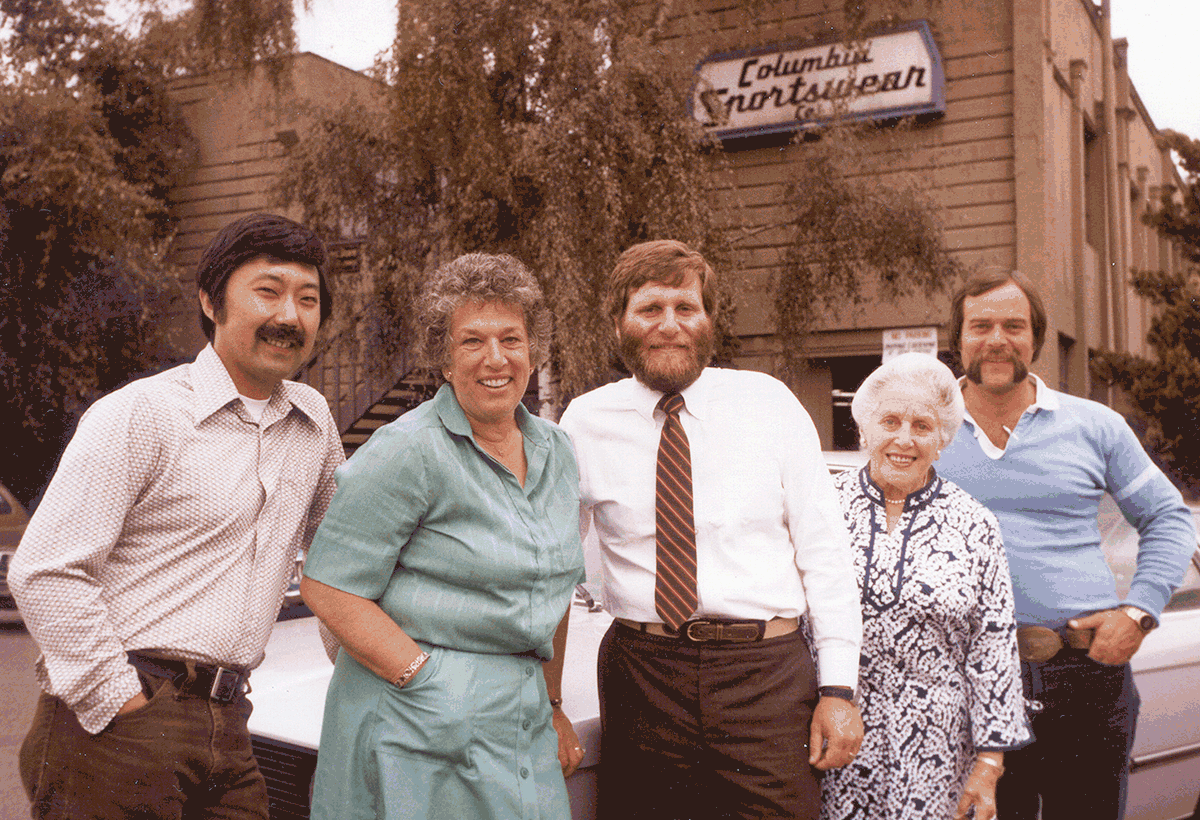
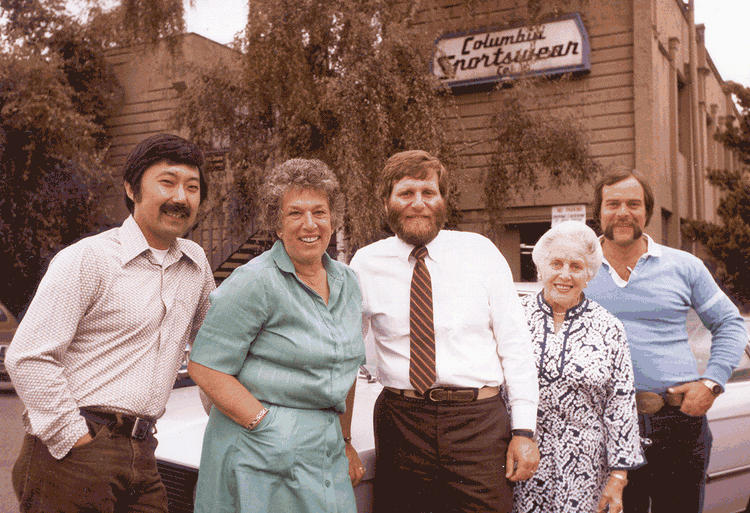
Ski Jackets & Tough Mothers - A Brief History of Columbia
Columbia is one of those timeless outdoor brands that doesn't need an introduction… but then again, maybe it does? After making over eight decade’s worth of outdoor gear, it’d be easy to almost take it for granted, but whilst it might be one of those rare outdoor companies that has transcended the mountains to become a true household name, it’s only done so by endless reinvention and a fair few curveball moves. As they say themselves, they’ve never played it safe or sane.
Curveball move number one? Founder Paul Lamfrom was owner of Germany’s biggest shirt factory when in 1937 he fled Nazi Germany with his family to start a new life over 8,000 miles away in Portland, Oregon. Once settled he did what anyone else would surely do if they found themselves living in strange new land… yep, he bought a headwear distribution company.
Named after a nearby river, the Columbia Hat Company originally worked solely as a distributor, buying hats wholesale to sell to stores. This set-up wasn’t without its issues, and after one too many suppliers failed to make their order, Columbia decided to take matters into their own hands and start manufacturing their own wares.
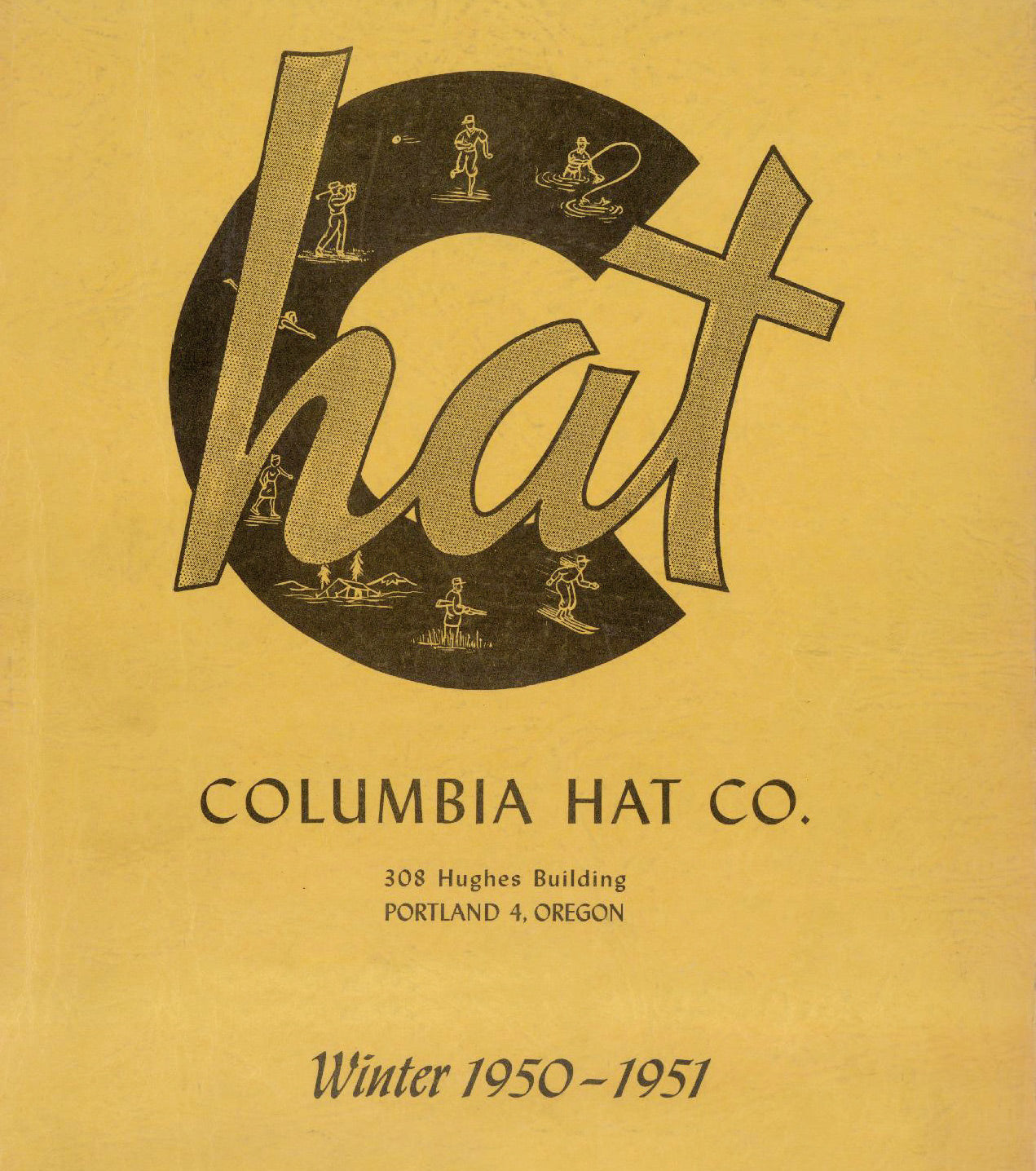
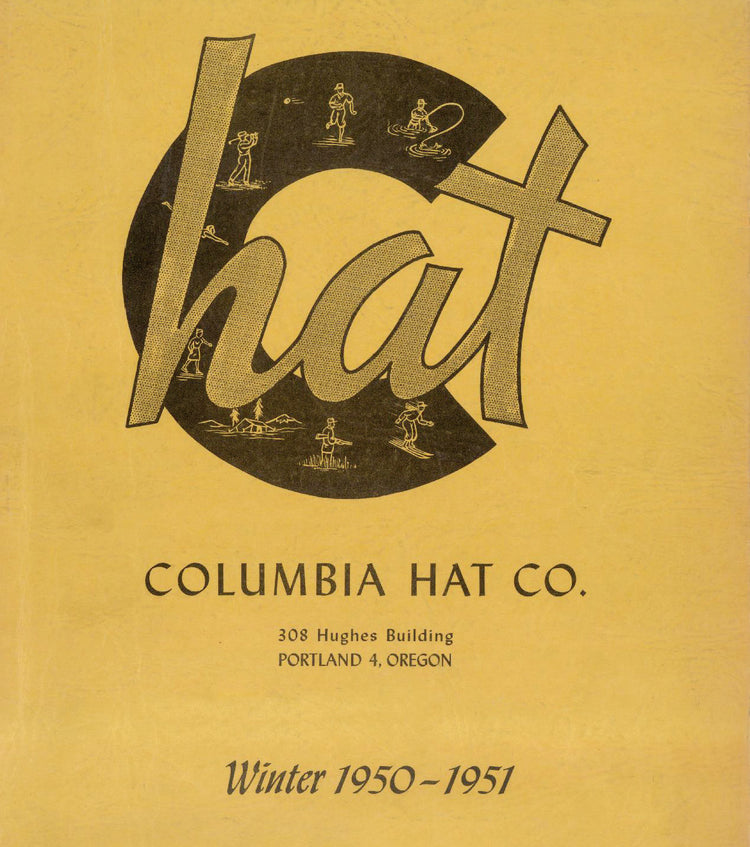
Moving from middlemen to makers, in 1960 the brand became Columbia Sportswear, and soon after it was left in the hands of Paul’s daughter Gert and her husband Neal. This is arguably where Columbia properly became the brand you know today—branching out beyond the headwear realm into a full-on outdoor behemoth catering to the growing hordes of outdoor fanatics in the Pacific Northwest.
Rather than focus on one thing, Columbia catered to outsiders across the board—from hikers to hunters—and at a time when being outdoors often meant dressing in repurposed army surplus garb or outdated wool gear, Columbia was amongst a brave band of new brands pushing for progression in the outdoor world. A unique fishing vest crammed with all the pockets and D-rings a serious angler could need, was an early example of the brand’s well thought out, detailed approach to functional clothing (and the fact that you can still find nearly 60 year old vintage examples on the net shows just how well made they were).

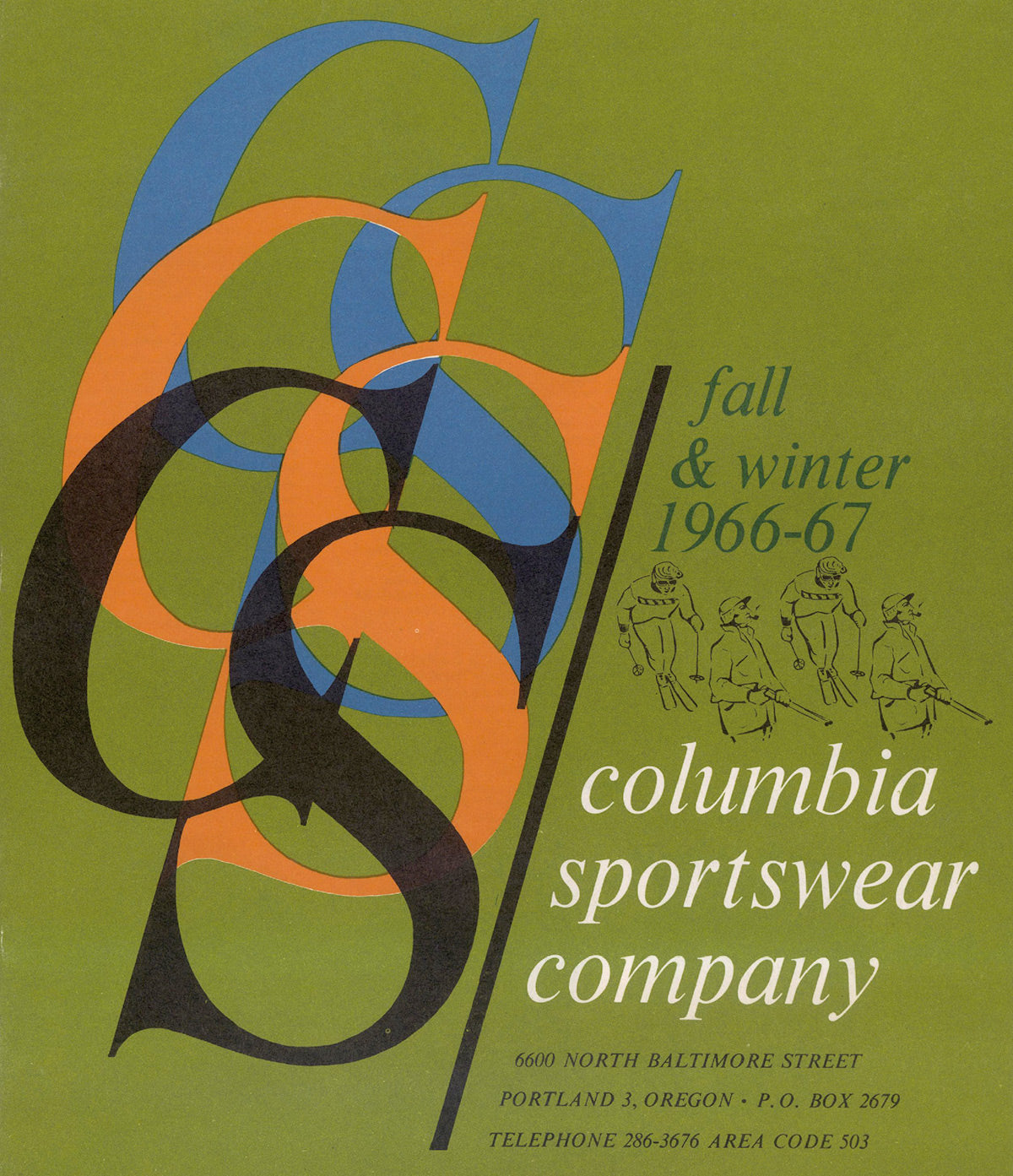
Meanwhile, on the other side of the country in Delaware, a man named Bob Gore was mucking around in his father’s teflon factory, when he realised that if he quickly yanked some rods of polytetrafluoroethylene it created an expanded super-teflon. This strange stretched fabric was filled with microscopic pores, too small for water droplets to get past, but big enough to allow water vapour through—and Bob quickly realised how useful this stuff could be.
After a bit of fine-tuning (and a fair amount of legal patent wrangling far too dull to talk about here), this stretched teflon became Gore-Tex. Yep, seemingly by accident Bob had made perhaps the most iconic outdoor fabric of the 20th century (and that’s without mentioning its importance for medical graft procedures and the preservation of historical manuscripts).
In the era when ‘waterproof’ clothing meant 60/40 poly-cotton, heavy waxed fabrics or ultra-sweaty plastic raincoats, lightweight and breathable Gore-Tex was straight out of science fiction, and Columbia were amongst the first to realise its potential—making a parka using the stuff all the way back in 1975.
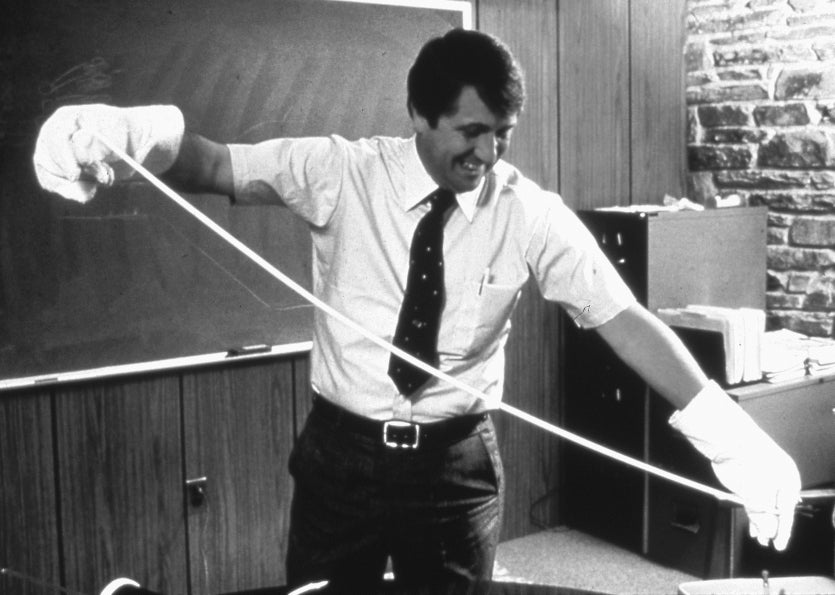
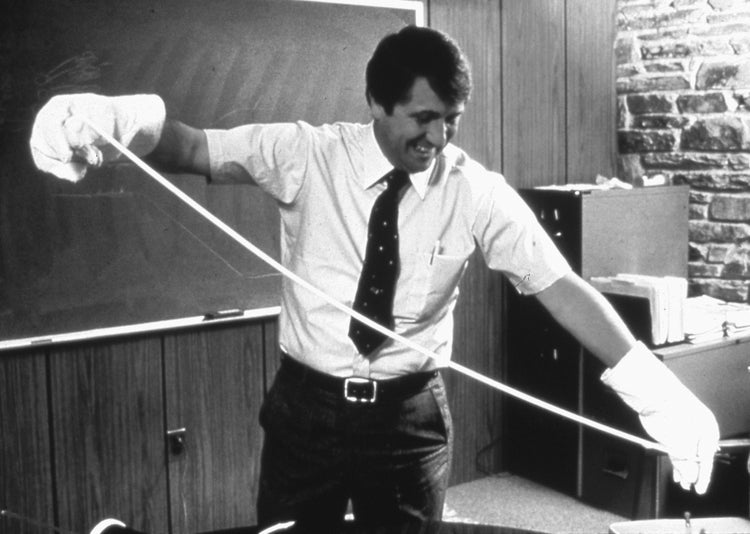
What next? Ski jackets… lots and lots of ski jackets. By the late 70s skiing was evolving at a rapid rate, and the traditional image of a skier carving through the snow with wooden skis, clumpy boots and thick wool gear was replaced with a high-tech vision of the future—less Alpen, more Tron. Skis became lighter, boots became more advanced and the clothing became more technical—with the planet’s purple polyester reserves harvested for all manner of technicolour outerwear. Columbia helped spearhead this new wave of ski-wear with a true stroke of genius known as the Interchange System.
Dragging the 3-in-1 ‘shell and liner’ format used on old cold-weather military parkas up to date with tech fabrics and off-the-wall colour-combos, jackets like the Bugaboo, the Powder Keg and the Vamoose Parka opened up a new world of options for the modern skier. Sun shining? Just wear the shell. Bit nippy? The down-filled liner will do. Full-on biblical storm? Zip ‘em together. Bugaboos sold by the boatload.
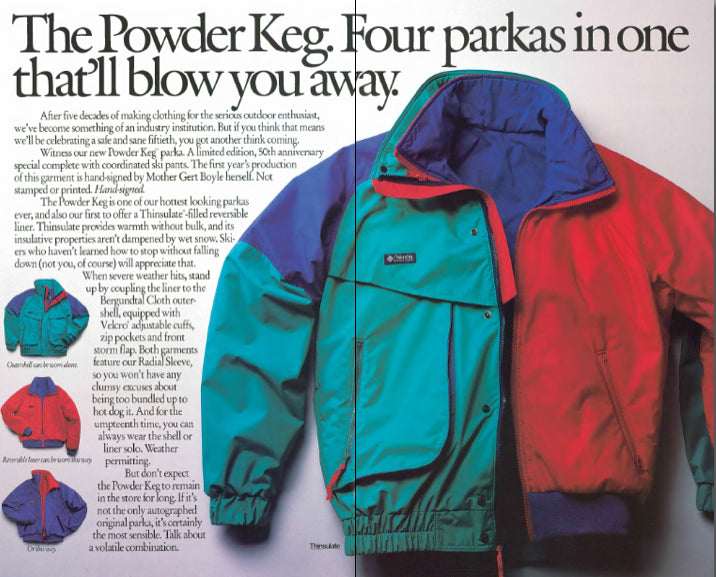
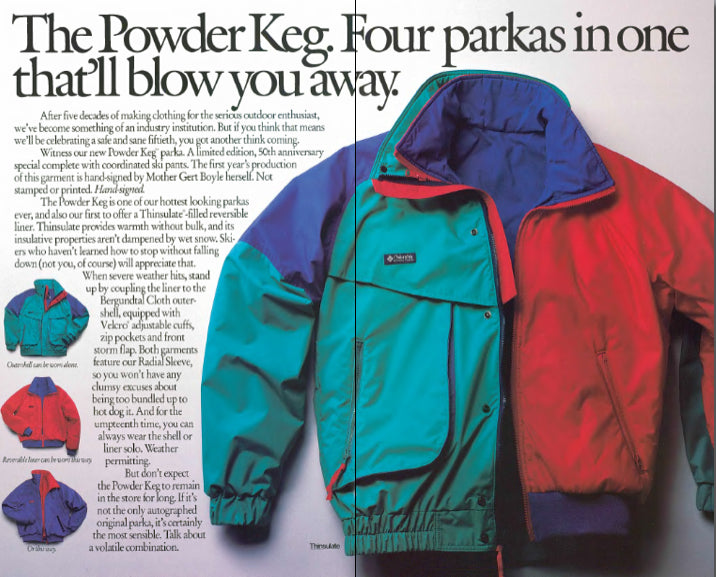
Their instantly recognisable TV ads helped too—featuring Gert herself as ‘the Tough Mother’—the stern, no-nonsense matriarch who kept son (and company president) Tim Boyle in line and made sure the products were always up to the task. Rather than pitch Gert as some sort of homely jacket-making Betty Crocker, the ads made her look like Arnie’s hard-boiled aunty—veering fully into 80s action film territory as she smashed about in snow-ploughs and helicopters, all in the name of better gear.
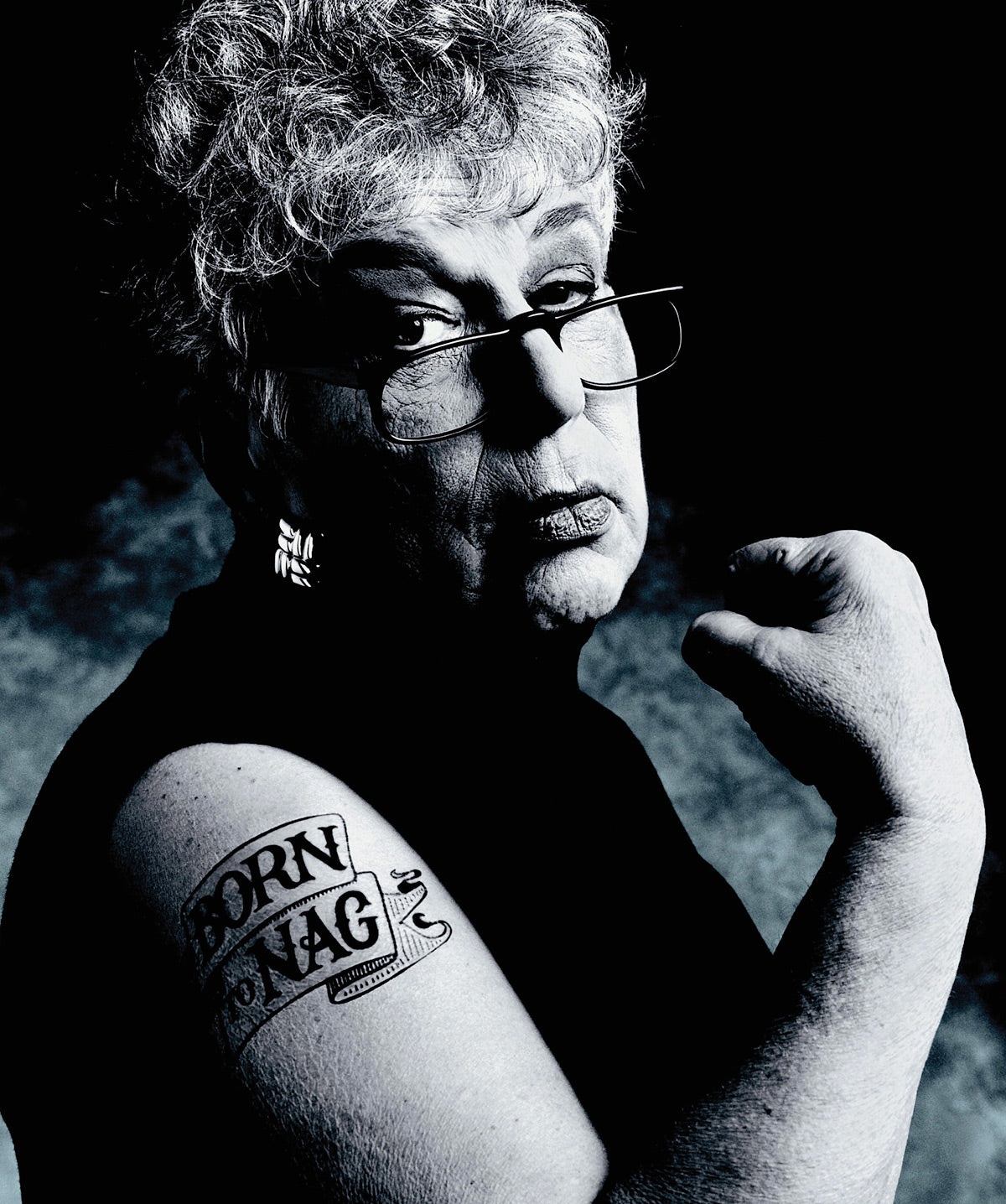
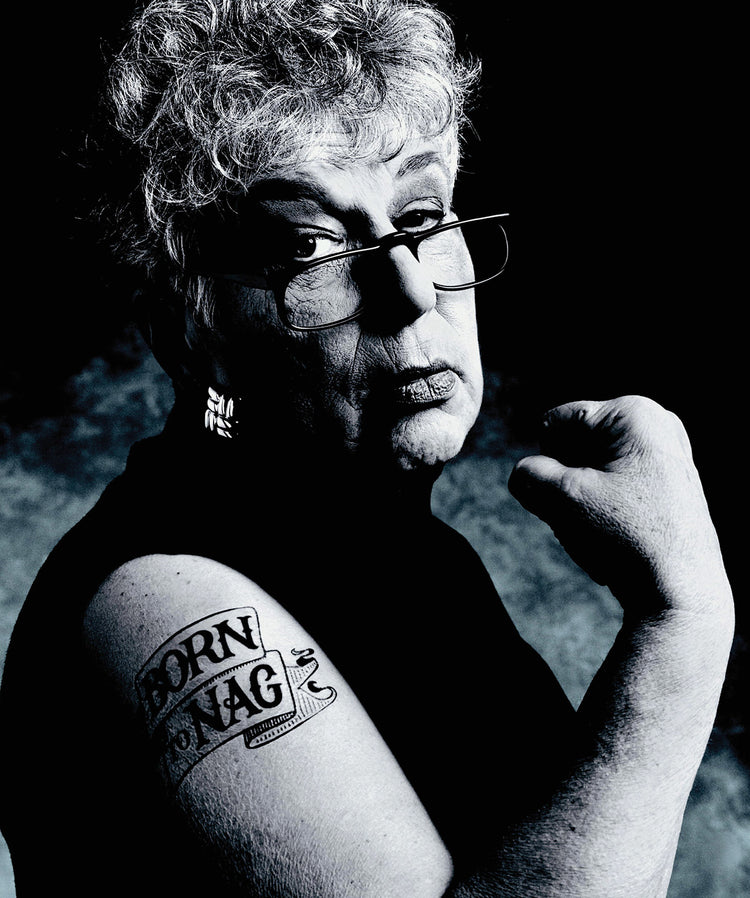
Perhaps unsurprisingly, Columbia’s appeal soon spread beyond the slopes. In the same way the casuals of England sought out golf jumpers and swanky Italian sportswear as a way to one-up their mates, New York’s inner-city youth hunted down brands like Columbia, Nautica and Polo Sport. As East Coast hip-hop came out of the Dapper Dan era, a wild concoction of work-wear, sailing gear and ski jackets was brewed together to create a new uniform from the ground up—and the endless colour combos of the Bugaboo made it a key part of the tapestry. Their sheer, unadulterated toastiness in the face of a New York winter might have helped too.
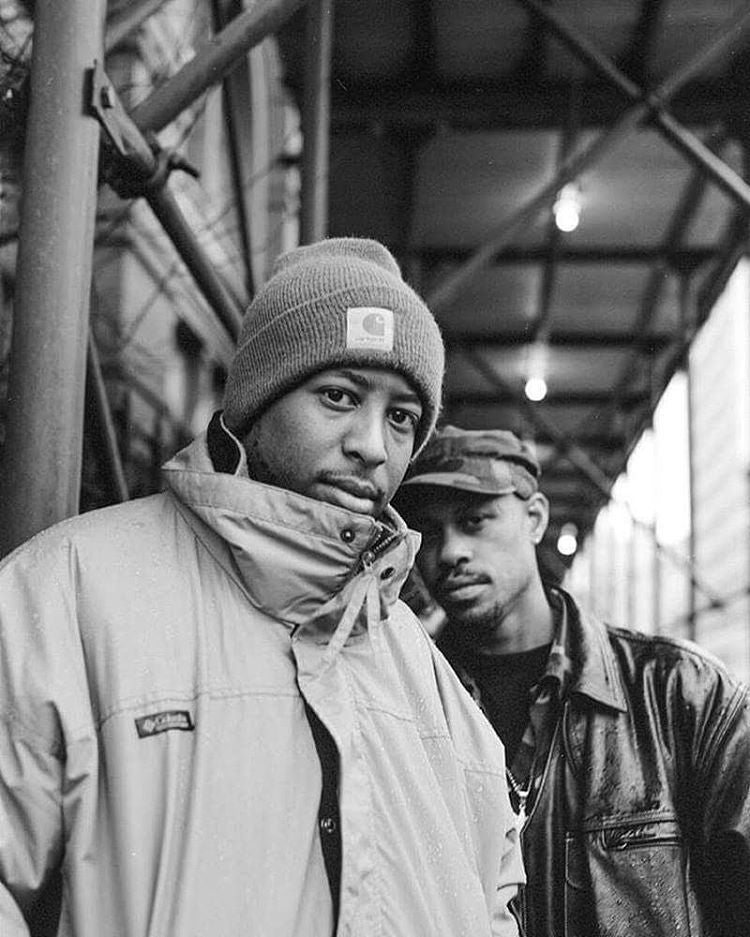
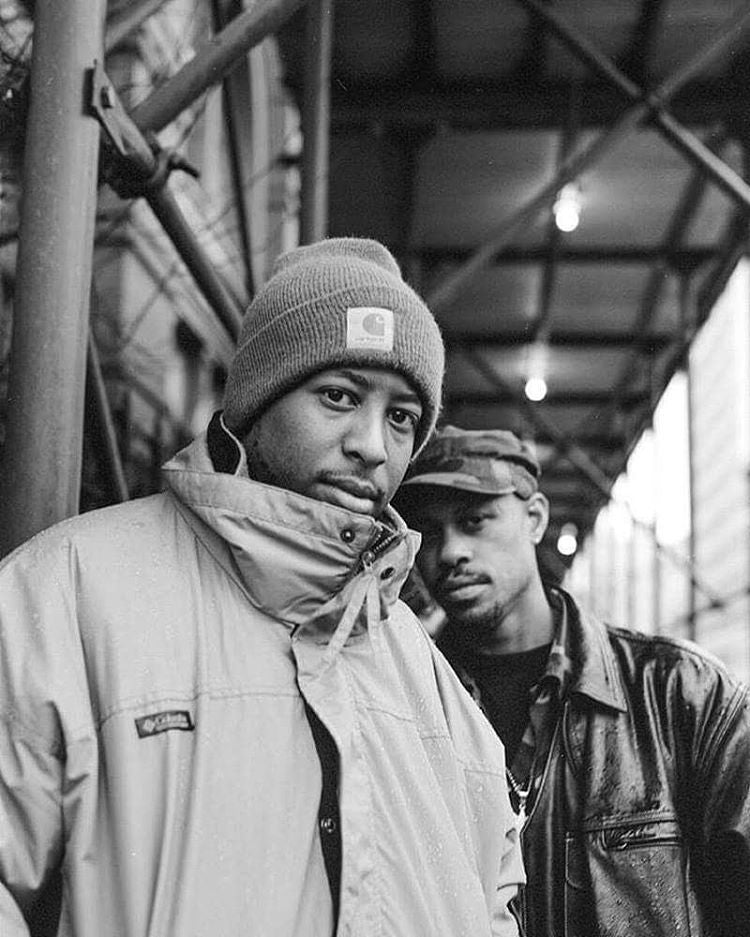
Photo by Chi Modu, 1994
Even on our damp island, Columbia made something of a mark—and whilst the brand has always been harder to find over here, the stories of perma-chilled Oxford don Tom Penny skating in scuffed-up Columbia boots are the stuff of miniramp-lore. This reappropriation still goes on today—with twenty year old Columbia PFG wading jackets worn firmly on dry land without a fishing rod in sight.
Again, maybe this isn’t much of a surprise. After all, if Columbia’s jackets are tough enough to withstand getting driven over by an ice-hockey zamboni (like in one of their old ads), anything else is a mere walk in the park.
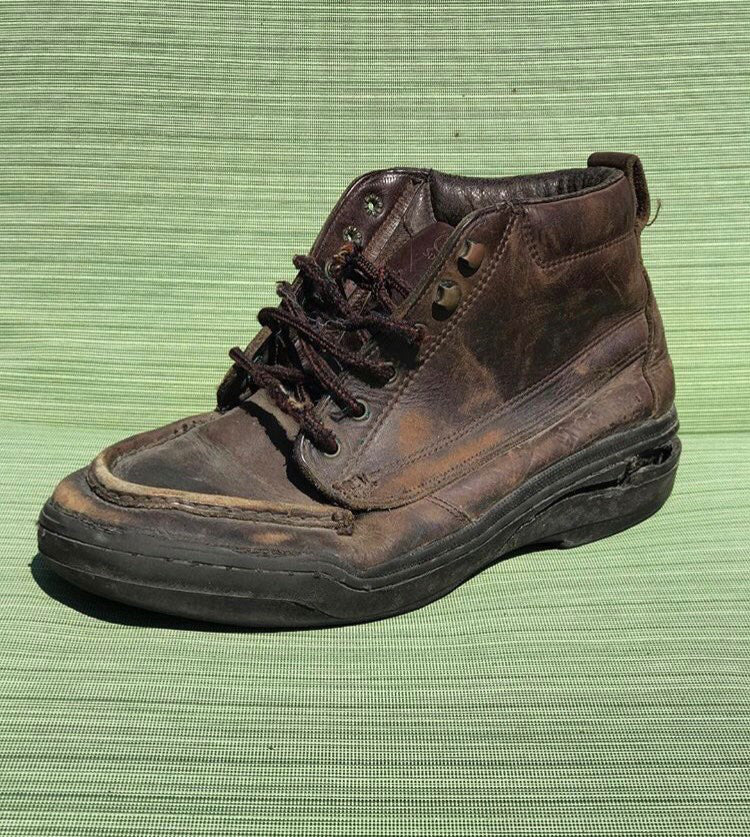
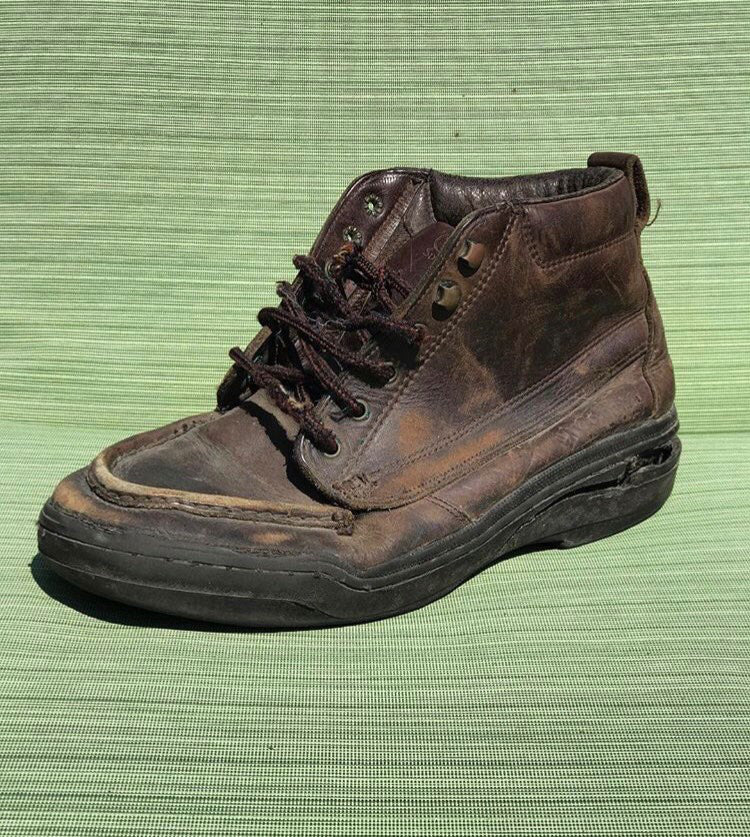
Article by Sam Waller



